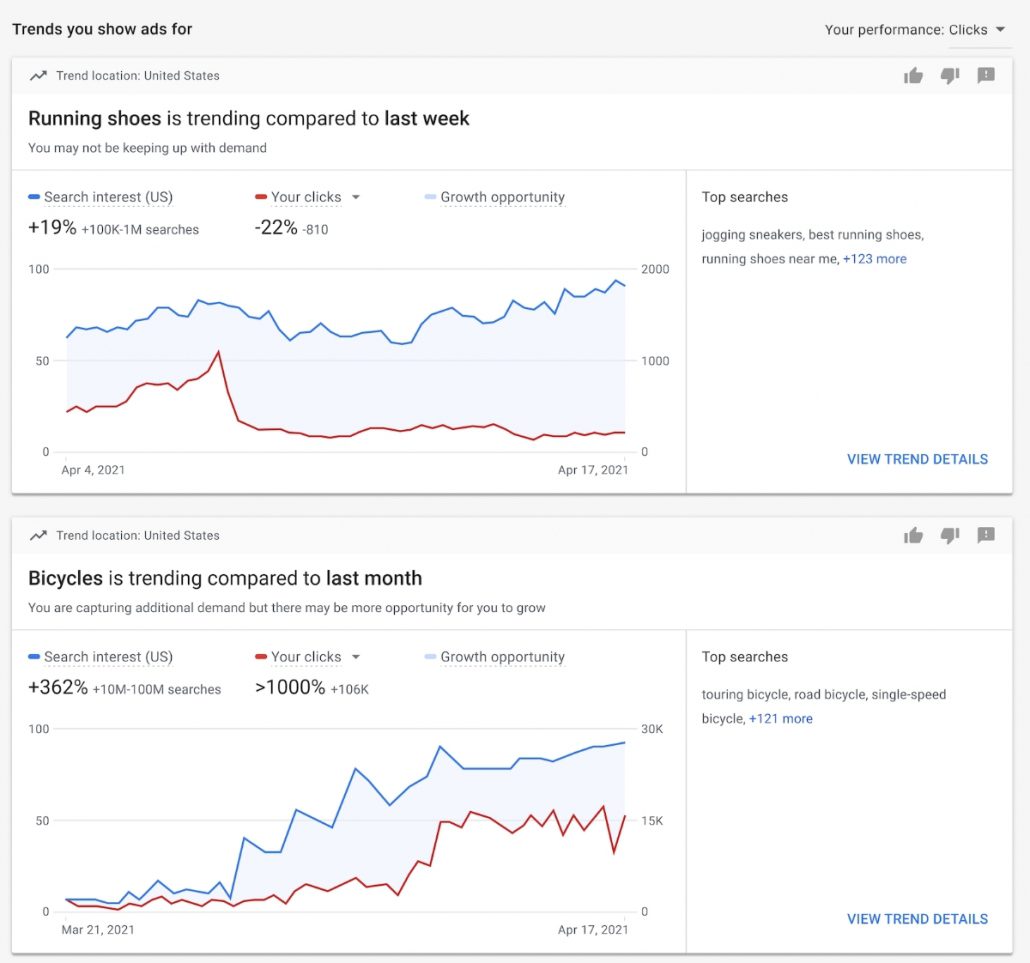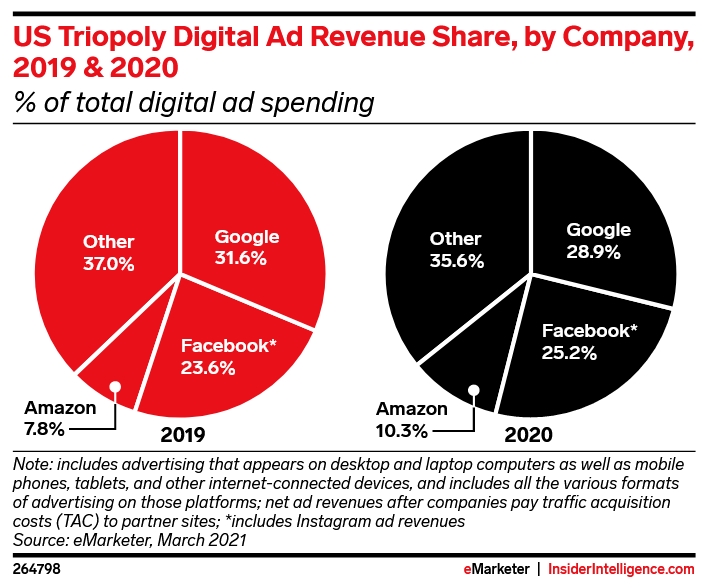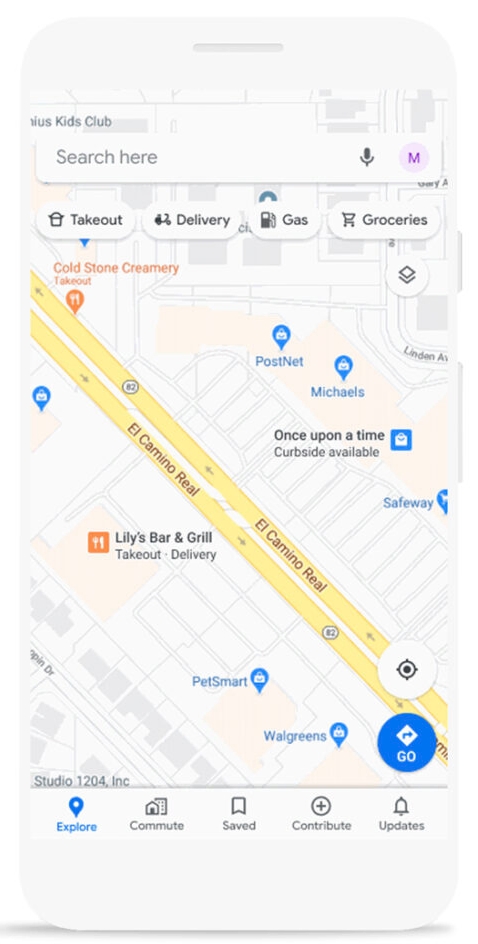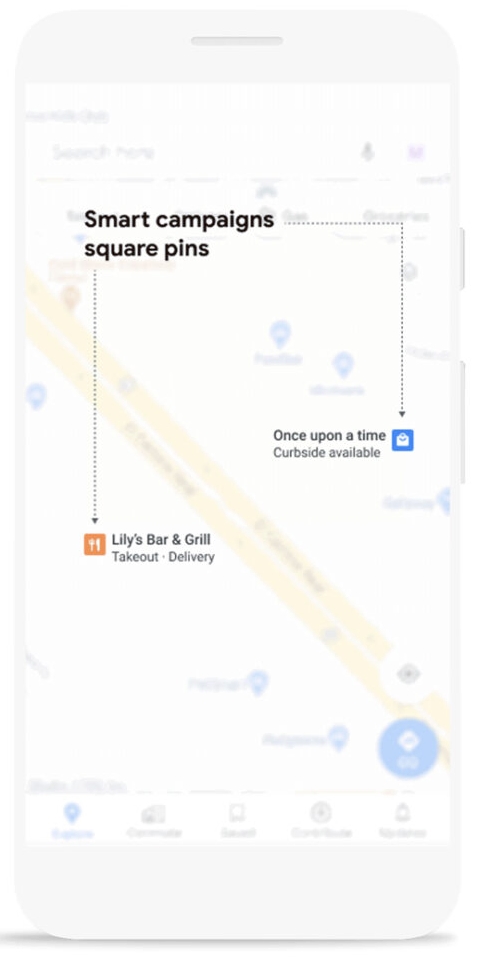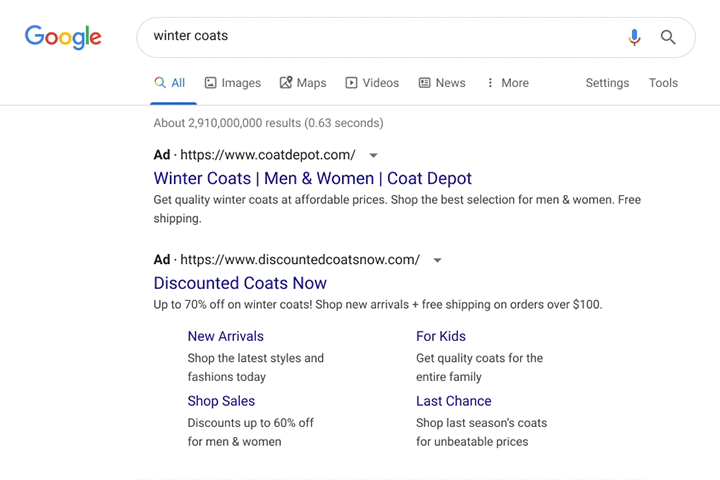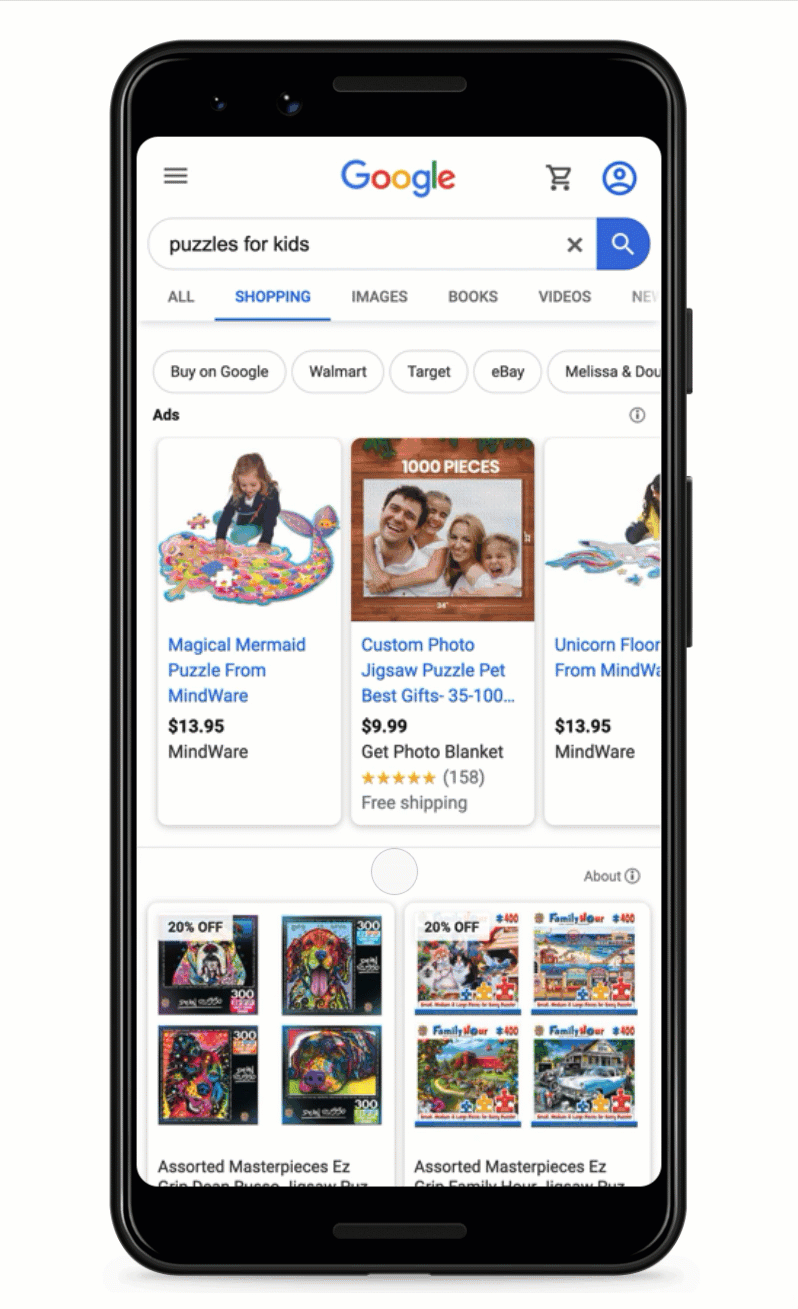Starting earlier this week, Google Ads has implemented new rules for advertisers promoting cryptocurrency or cryptocurrency-related services across its platform.
Under the new rules, only those registered with the Financial Crimes Enforcement Network (FinCEN) as a money services business and with at least one state or federal entity, or with a state or federally chartered bank can run ads. Additionally, crypto advertisers must have completed the most recent verification process on Google.
With the massive explosion in interest around Bitcoin, Dogecoin, and other cryptocurrencies, Google Ads has also seen an increase in fraudulent ads or outright scams using its advertising service.
Requirements for Cryptocurrency-Related Ads
If a cryptocurrency exchange or wallet service wishes to advertise on Google Ads, they must be registered with FinCEN as a Money Services Business and with at least one state as a money transmitter. The only exception to this is those registered with a federal or state-chartered bank.
Advertisers must also go through the latest Cryptocurrency Exchanges and Wallets verification process on Google.
Lastly, cryptocurrency advertisers must comply with all legal requirements and are expected to follow Google Ads guidelines and policies.
Other Restrictions
Along with these new restrictions, cryptocurrency advertisers should be aware of the already established rules for crypto-related ads. For example, advertisers cannot promote pages or sites which aggregate or compare issues of cryptocurrencies. Advertisers are also forbidden from advertising initial coin offerings.
For more information, check out Google’s latest advertising guidelines for cryptocurrencies and other financial services.

